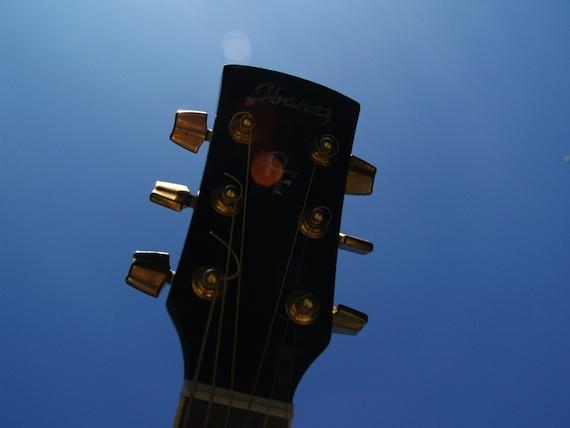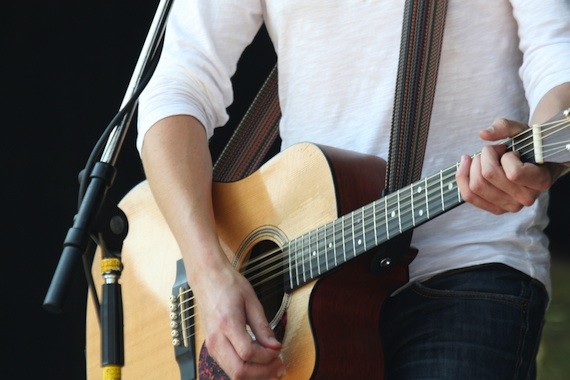
Image by flickr user Jack DuvalImage by 20080706riviera.jpg The Riviera opened in 1939 and was one of the last surviving movie palaces in Charleston, showing movies until 1977.
In this month's issue, Charleston magazine takes a step back in time to examine the golden age of movie theaters here in the Holy City. The article talks about the days of the movie palace, where you didn't just sit inside a concrete box to watch the flick, but you had a complete experience from the time you arrived until the time you left.
I grew up in Birmingham, Ala., around the time that the Alabama Theatre (built in the 1920s and still going) had a resurgence and was showing classic movies regularly. Being the huge film fan I am, I say there's no other experience in the world like seeing a movie in one of these places. You can feel the history around you, and the movie embraces you completely. When you sit there, like a child in a treasure room, and experience this gorgeous storytelling — "Casablanca," "Lawrence of Arabia," "The Godfather," "On the Waterfront," "North by Northwest" — it makes you realize that this is how movies were made to be seen.
Here in Charleston, as the article describes it, there once was that same sort of experience. With places like the Theatorium, the Garden Theater and many more, Charlestonians delighted in the experience of going to movies at these movie palaces downtown. It's an experience sadly lost today, when there are no cinemas operating on the peninsula (hint, hint).
From Charleston magazine:
The crown jewel in Charleston’s theatrical empire, perhaps, was the Gloria on George Street, renamed The Sottile by the College of Charleston when it purchased the building in 1976. Under the supervision of Albert Sottile, the construction of the Gloria took more than six years, in part because of the deflated economy and in part because of the elaborateness of the design. When it finally opened in 1927, it was the largest theater to date. The building measured 268 feet long and 90 feet wide, with a vestibule running 100 feet from the main entrance on the corner of King Street to the foyer.
...
The first film shown there, on August 19, 1927, was a mediocre melodrama with Norma Shearer called "After Midnight," but the Gloria’s biggest premiere by far was the January 1940 opening of "Gone With the Wind." According to ("Movie Theaters of Charleston: Hollywood Meets the Holy City" author John) Coles, it was the first time a movie ticket in Charleston cost more than a dollar, and all the local celebrities turned out to be seen, including Mayor Henry Lockwood, who bought the first ticket. Part of the stir was because a local woman, Alicia Rhett, had won the role of India Wilkes. But Charlestonians were also proud that their historic city was where the roguish Rhett Butler was from, even if he did have “the most terrible” reputation. Fittingly, people came dressed in evening wear or period costumes. The film played for five weeks — a rarity at a time when a typical run was at most three days.
The article goes on to talk about the demise of these movie houses, pointing the finger at television and multiplexes, and at studios losing a lot of their influence over cinemas. It's a sad thing to see, but getting to look back on that way of watching movies, even for the space of an article, will definitely make you feel a little happier for it having ever been.
They also have a small photo gallery that peeks inside some of the moviehouses. But if this has sparked your nostalgia or curiosity about Charleston's old theaters, visit SCMovieTheatres.com and check out the histories and photos of old theaters. It's a great chance to see what was there before things like Urban Outfitters.

